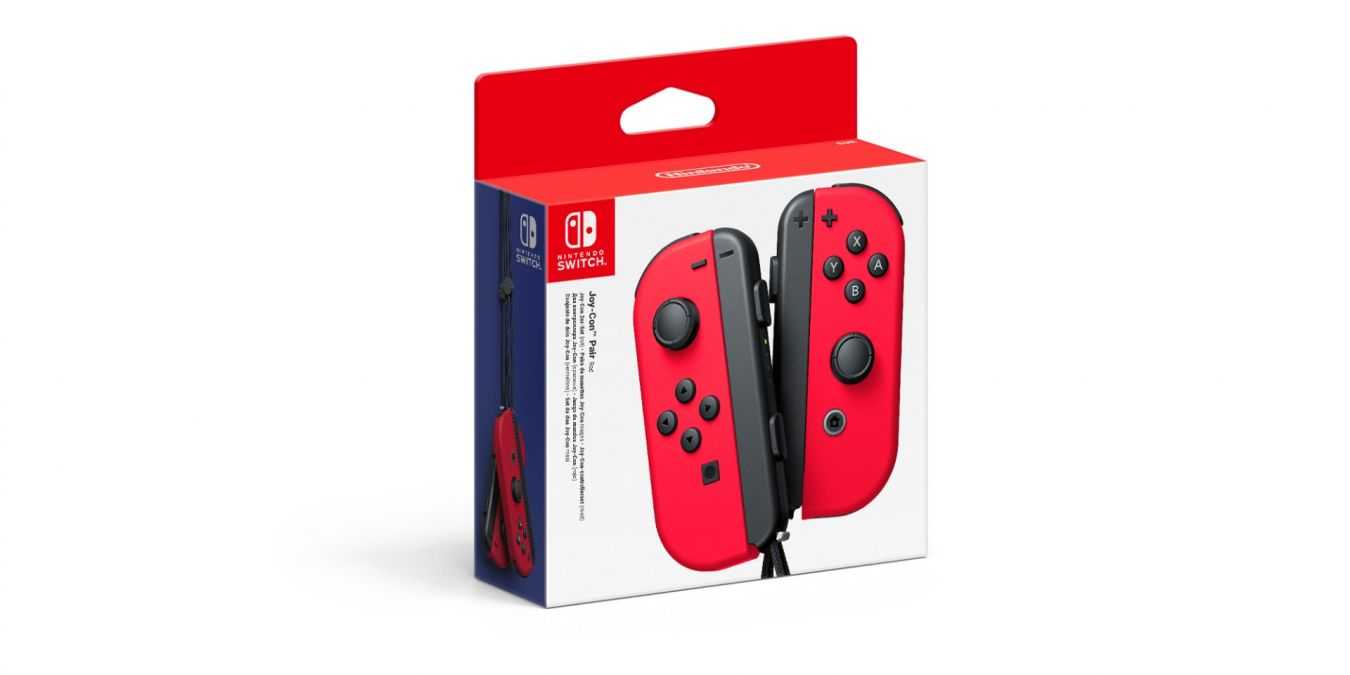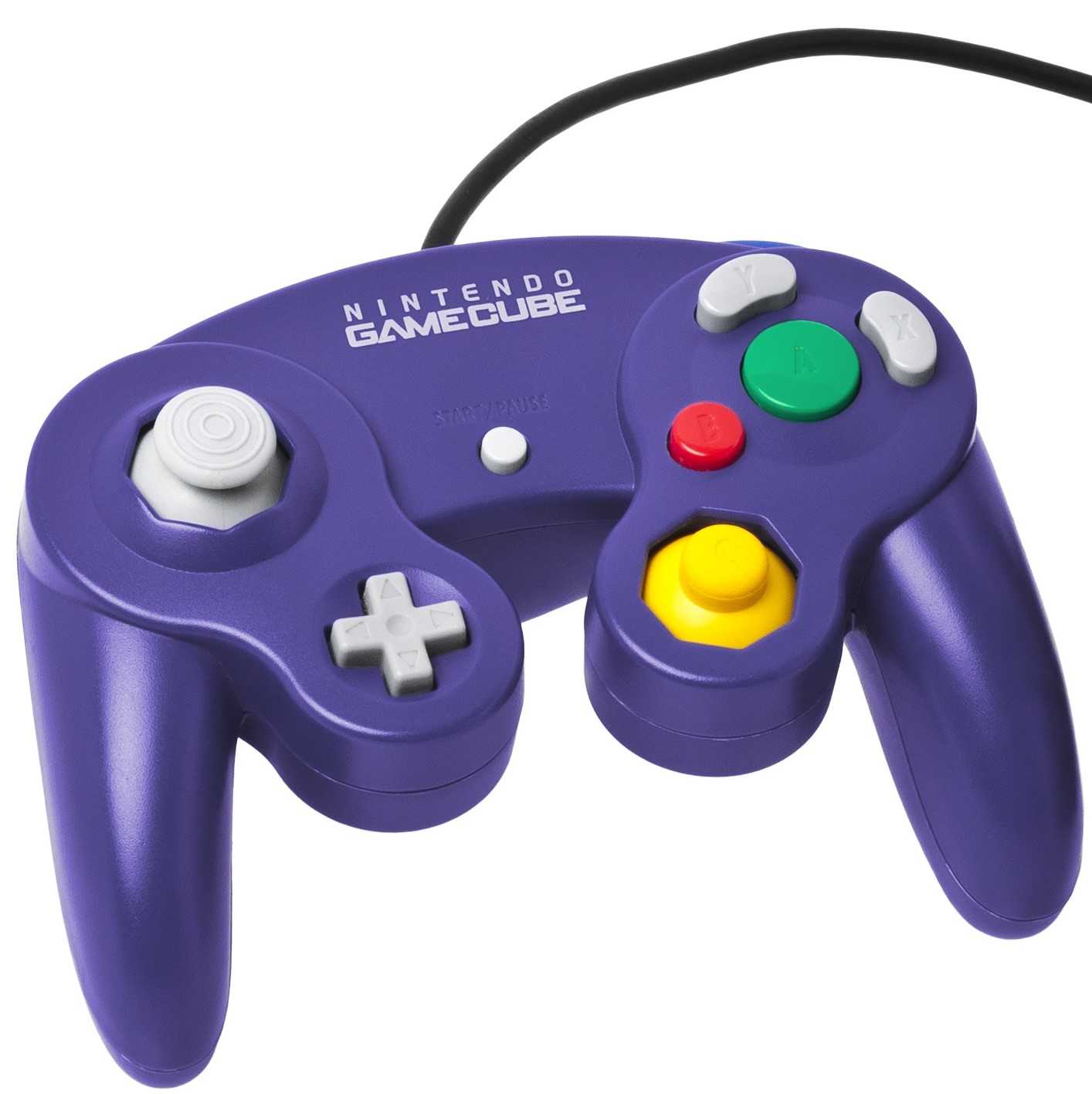The Best Controller Setups for Super Smash Bros. Ultimate
The Nintendo Switch offers quite a few methods of control for their games. That’s why, in this article, we’ll break down the ideal way to play in Super Smash Bros. Ultimate.
The Nintendo Switch offers quite a few methods of control for their games. That’s why, in this article, we’ll break down the ideal way to play in Super Smash Bros. Ultimate.
Super Smash Bros. Ultimate officially supports 3 controller types: 1) a Pro Controller which also applies as a dual joy-con or handheld mode due to their identical layouts, 2) a singular joy-con on its side, and 3) the GameCube controller. Looking at these options, there’s only two real options for ideal play: the GameCube controller and the Switch Pro Controller. Unlike the alternative options, these controllers were designed purely with ergonomics in mind, allowing for a light, comfortable gaming experience.

While the Nintendo Switch’s Joy-Cons aren’t uncomfortable, the sacrifices made in the name of portability make them far from ideal. The joysticks feel noticeably smaller, and have much less travel in comparison to full-size controllers, meaning that it won’t feel very satisfying to use. The lack of a grip, again while great for portability, makes them inferior to traditional controllers and, in the case of playing with a singular sideways Joy-Con, you only have access to one joystick and two shoulder buttons. This is a far cry from the other setups, which provide you with two joysticks and four shoulder buttons, giving you far more room to customize which buttons perform what action and allows you to customize your own grip on the controller.

If all options are available to you, however, the GameCube controller is strongly recommended. With each direction of the joystick having notches for 8 directions, precise inputs are easier to perform. The unique button shapes and layout also helps newer players adjust as they won’t need to look down and check to make sure they’re pressing the right controller. Instead, the unique shapes will let them know which buttons they are about to press. The only real downsides to the GameCube controller are the fact that it has one less shoulder button than the Switch Pro Controller and it’s a bit harder to find: requiring the purchase of a GameCube controller and an adapter. Be careful when purchasing a GameCube controller online as unofficially made alternatives tend to be of lesser build quality and can negatively affect your gaming experience.

While we strongly recommend the GameCube controller, however, the Switch Pro Controller is more than serviceable. While more expensive than the GameCube controller, it’s much more readily available and is a fine, standardized controller. In fact, professional players have even used this controller in tournaments in the past, so its use in pro play is not unprecedented. That being said, however, one should still remain wary of joystick drift as this is an issue that affects both Switch Pro Controllers and Joy-Cons.
To set your own custom controller settings, press the ZR or Z Button (depending on which controller you’re using) when on the main menu to get access to a smaller sub-menu. From here, click on options, then controls and enter a name to assign your custom control scheme to.
Once you’ve created a profile and selected it, choose the controller you wish to customize. Then, click on the “Other Settings” button on the bottom left and turn off stick jump. This is incredibly important as leaving stick jump enabled can result in many mistakes in the air and players should focus on solely relying on the jump buttons as soon as possible.
We also recommend changing the right control stick’s (or C stick’s) actions from smash attacks to tilt attacks. Many combos are more reliant on tilt attacks and, as they require more precise inputs than smash attacks, it’s easier to rely on the C stick to consistently get off tilts. Since you’re going to be relying on the left stick for smash attacks, we also recommend setting “stick sensitivity” to high. This is available in the “other settings” options and by setting the option to high, you have more frames for your input to be detected as a smash attack. In other words, it’s easier to do smash attacks with high sensitivity.
There are two methods to gripping the controller: the standard method and the more specialized “claw grip”.
The difference between claw and standard grip is visualized in a Reddit post by user Ragin42.
The standard control grip is what we personally recommend for most players. It’s not too uncomfortable or demanding, holding the controller with your left thumb covering the left stick, your right thumb on the face buttons and your index and middle finger covering the Z and R button respectively. All the basic options are covered, though the one downside to this setup is that you need to shift your positioning slightly to be able to consistently pull off tilt attacks with the right joystick/C stick. For some, this time spent switching positions to pull off attacks isn’t ideal which leads to the alternative method.
The more specialized grip is known as the claw grip. While the left hand’s position remains identical, the right hand’s fingers are slightly moved up. Your right thumb will be near the C stick, covering both it and the B button. Your index finger will now cover the jump and attack buttons and your middle and ring finger will now be covering the Z and R button respectively. This grip’s biggest strength is the fact that every option is being covered, there are no compromises made and no time being lost shifting your position to perform certain actions. That being said, this grip definitely takes some more time to get used to and master. It should also be noted that some players actually report that using this grip can contribute to hand pain and health concerns, so if you plan on using the claw grip be sure you limit your sessions, take frequent breaks and be sure to stretch your fingers before and after playing.
Ultimately, we believe it’s best to use either a Gamecube or Pro Controller (preferably made officially by Nintendo). The ergonomics of the two controllers make them easy and natural to hold, and even without using the claw grip, players can still play at higher levels. We just recommend you turn off stick jump and set the right joystick to tilt attacks for the most precise gameplay possible.